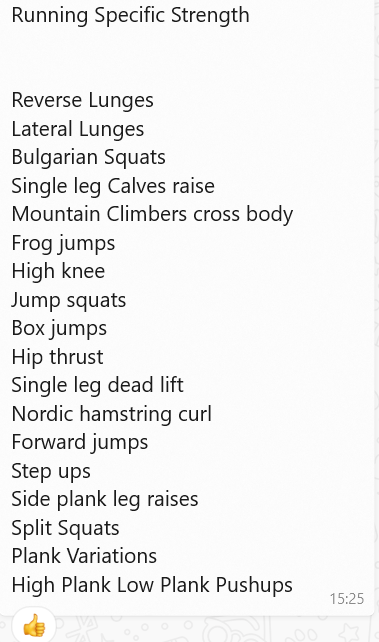Diwali, the Festival of Lights, is a much-anticipated celebration in India. It's a time of spreading joy, love, and warmth among family and friends. Diwali 2023 holds a special place in my heart as we eagerly welcome my brother, sister-in-law, and their daughter, Idika Parashar, fondly called as Oshee, for the festivities. Our family reunion during this magical time has always been a heartwarming and enriching experience, reminding us of what's truly important in life.
The Significance of Diwali
Diwali, also known as Deepavali, is one of the most celebrated festivals in India. The festival signifies the triumph of light over darkness and good over evil. It's a time when families come together to celebrate, share love, and strengthen their bonds. The sight of beautifully lit oil lamps (diyas), colorful rangoli patterns, and vibrant fireworks lighting up the night sky is nothing short of magical.
Reuniting with Loved Ones
One of the most heartwarming aspects of Diwali is the opportunity it provides for family reunions. For me, this festival is not just about the lights and sweets, but it's also about coming together with loved ones who may be far away throughout the year. This year, we are overjoyed to have my brother, his wife, and our beloved niece, Oshee, join us in Jaipur for Diwali.
The Journey to Jaipur
The journey to Jaipur from our respective cities is always filled with excitement. As we hit the road from Gurgaon, we can't help but reminisce about the beautiful memories we've created together during previous Diwalis. The car ride is filled with laughter, music, and shared stories, and it sets the tone for the wonderful days ahead.
Quality Time with Loved Ones
Once we arrive in Jaipur, our hearts are filled with joy as we're greeted by our extended family. Diwali preparations are in full swing, and the house is adorned with traditional decorations. The atmosphere is brimming with anticipation, and it's infectious. We immerse ourselves in the rituals, participate in the Lakshmi Puja (the worship of the goddess of wealth), and light diyas to illuminate our lives with positivity.
Oshee's Innocent Delight
Oshee, our precious niece, brings a unique and innocent delight to our Diwali celebrations. Her eyes sparkle with wonder as she gazes at the glowing diyas and colorful rangoli. She is the embodiment of joy and a reminder that Diwali is not just about tradition but also about the future and the generations to come. Her presence makes our family gathering even more special and meaningful.
Reconnecting with What's Important
In our lives, it's easy to get caught up in the daily grind and lose sight of what truly matters. Diwali, with its focus on family and togetherness, reminds us to reconnect with what's important. It's a time to appreciate the love and support of our family, to express gratitude, and to cherish the moments that become cherished memories.
As we eagerly await Diwali 2023, the thought of welcoming Oshee to India for this special celebration fills our hearts with warmth and anticipation. This family reunion is a reminder of the significance of Diwali, the joy of reconnecting with loved ones, and the precious moments that make life fulfilling.


